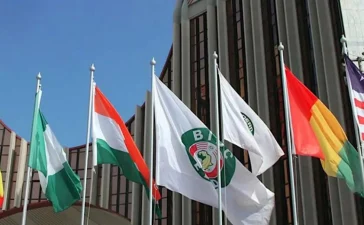A yearslong currency crisis that forced the 2009 adoption of the U.S. dollar is changing shopper preferences in this southern African nation of 15 million.
Many people are shunning brick-and-mortar stores, where prices must be charged in local currency and rise frequently. On the street, costs are more stable because shoppers pay exclusively in U.S. dollars.
With greenbacks scarce at banks, many people and businesses get them on the black market, making the official exchange rate — 1,000 Zimbabwe dollars to one U.S. dollar — that retailers are required to use artificially low.
It’s double that on the street, so to break even, stores are forced to make their products more expensive. Similarly, manufacturers and suppliers are now pushing for payment in U.S. dollars from stores that are forced to sell the same products using the freefalling Zimbabwe dollar, said Denford Mutashu, president of the Retailers Association of Zimbabwe.
Source: VOA






